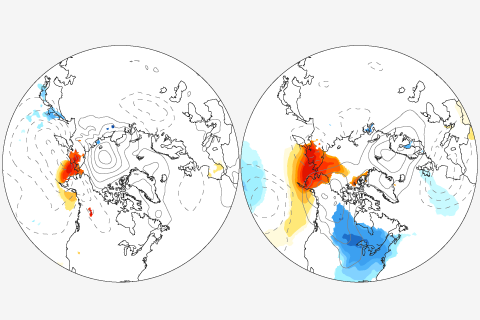
New research weighs in on a popular debate about whether reduced Arctic sea ice is causing extreme mid-latitude winters. Their result? Blame the atmosphere, not the ice.

New research weighs in on a popular debate about whether reduced Arctic sea ice is causing extreme mid-latitude winters. Their result? Blame the atmosphere, not the ice.
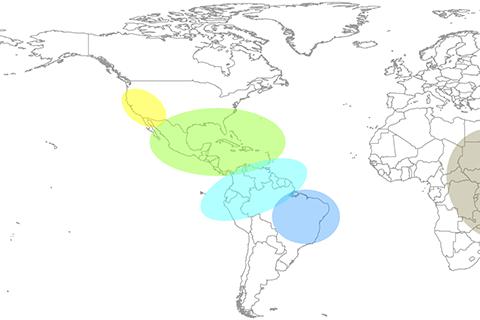
The major El Niño of 2015-16 affected disease occurrence throughout the globe. Our blogger discusses new efforts to use ENSO forecasts to issue early warning alerts for global disease outbreaks.

Stand aside polar vortex! The PNA may be the most important atmospheric circulation pattern you've never heard of.
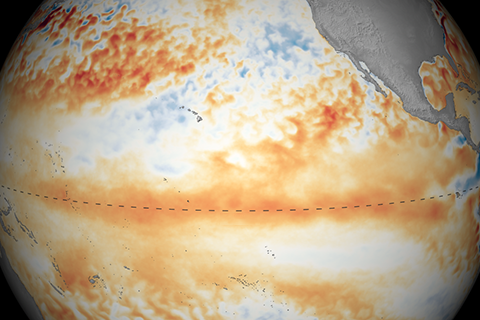
Weak El Nino continued into April. Our blogger discusses the "here & now" and the forecast for spring and summer.
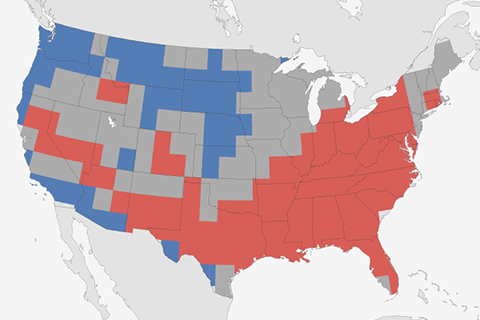
How did the 2018-2019 Winter outlook do? Tom Di Liberto takes you through what happened in this week's ENSO blog.

El Niño conditions continued into March. What do forecasters think is next?
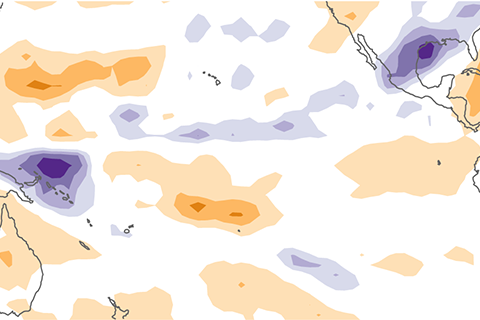
Why did atmospheric El Niño conditions fail to develop this past fall? Our blogger tries to unravel the mystery of the missing central Pacific rainfall.

NCEI's Anthony Arguez uses a new dataset for tracking hot and cold extremes to provide a preliminary analysis of the Arctic blast that hit the Midwest and other parts of the eastern United States in late January 2019.
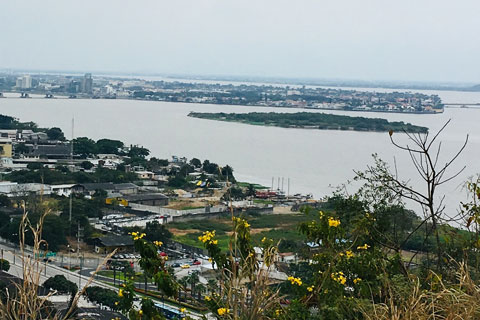
What is the latest and greatest in ENSO science? This blogger travels to Guayaquil, Ecuador to find out.

Forecasters are favoring the onset of El Niño conditions this fall. Our blogger gives you the details!